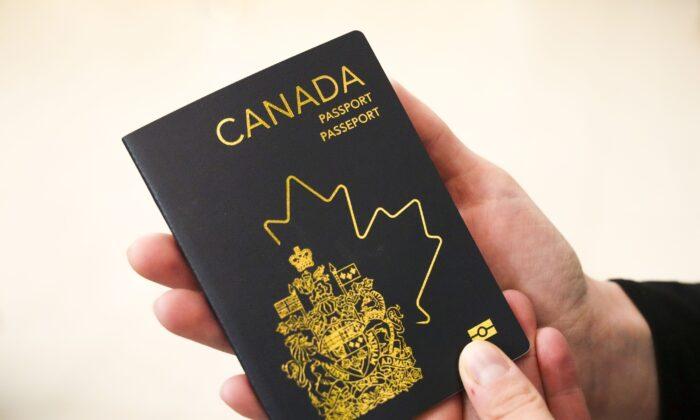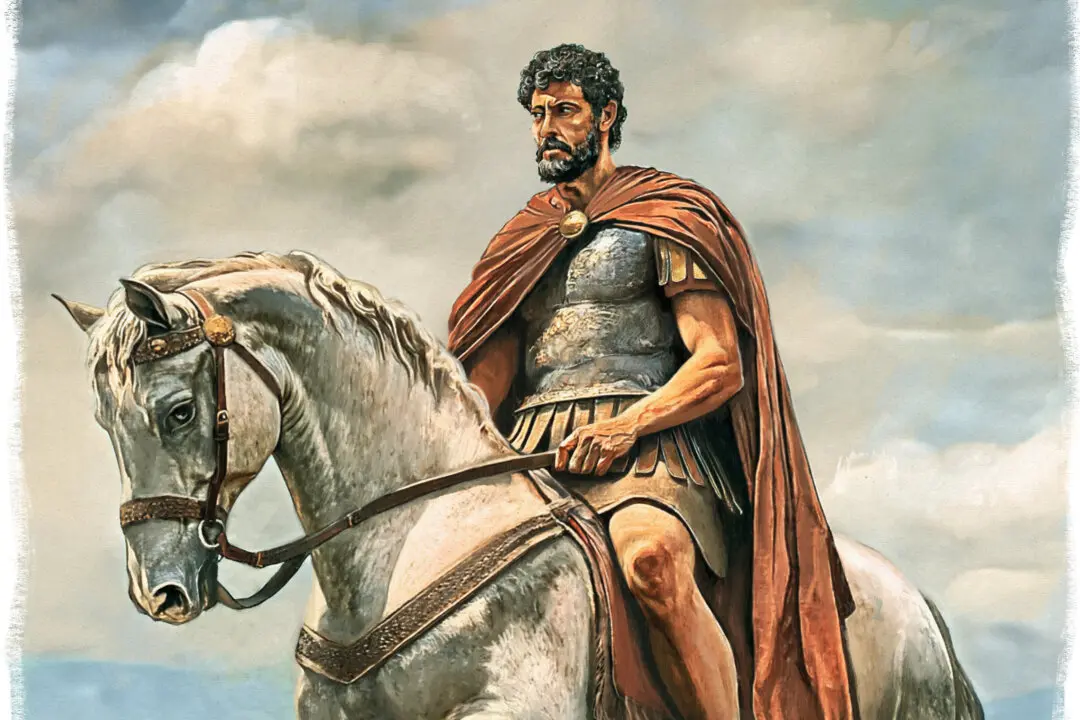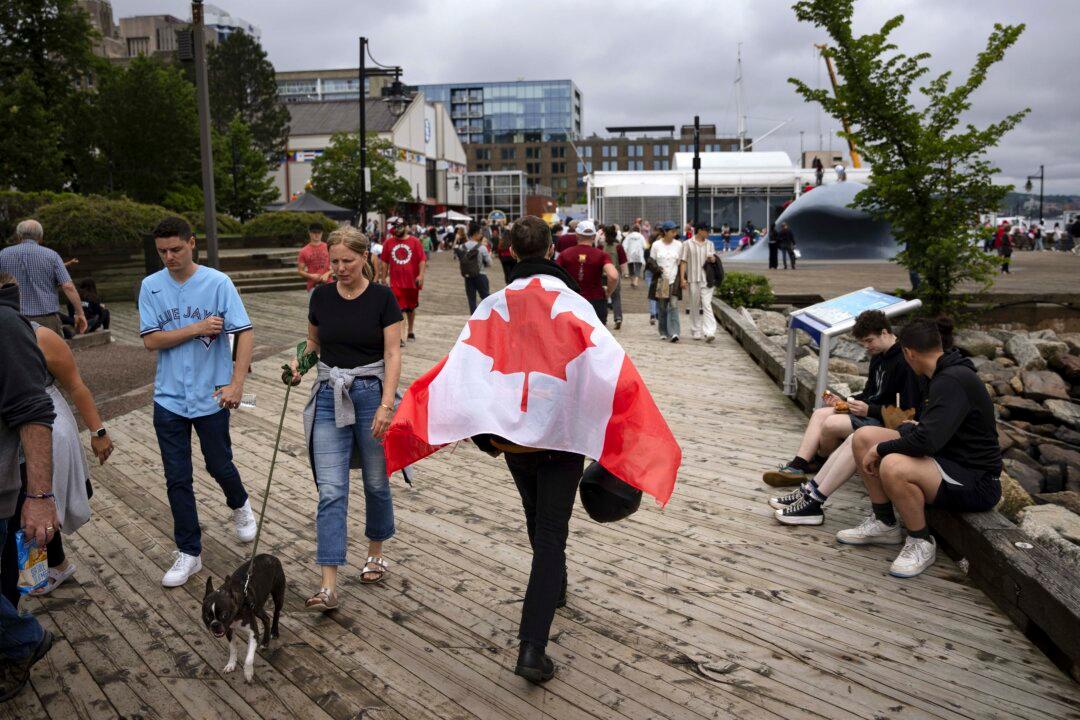A nation’s symbols define and conserve a shared way of life and bring about social cohesion. A country needs its symbols.
However, over the past generation, such needs have been dismissed as atavistic prejudices, which must be swept away wherever they stand in the way of schemes for national transformational projects. The default position of our age is for dissolving federal bonds and denying any notion of a shared, collective history, which leads us to the current debate over the changing symbols in our Canadian passport.
I am proud of my Canadian passport and the history it celebrates. The images in my passport portray famous Canadians, including Terry Fox, Billy Bishop, the Fathers of Confederation, and Nellie McClung.
Other pages celebrate Canada’s martial heritage, with images of the Canadian National Vimy Memorial in France, the National War Memorial, and HMCS Sackville, one of 123 Canadian-built Corvettes that were crucial in winning the Battle of the Atlantic (the Sackville’s most memorable engagement happened in early August 1942 in the North Atlantic when she engaged three U-boats in 24 hours and put two out of action.)
Additionally, the passport celebrates famous Canadian locales, including Quebec City, Pier 21 in Halifax, Niagara Falls, Cape Spear in Newfoundland, and the Centre Block of the Parliament Buildings in Ottawa.
These images are superbly chosen. They speak to Canada’s hard-earned democratic heritage. They also underscore and celebrate public virtues, such as the self-sacrifice of Terry Fox, the honour and valour of our Canadian soldiers, and the intellectual energy and political ability of the Fathers of Confederation who, against the odds, managed to forge a continent-wide new nation. They also remind us that we should be grateful for those who have gone before us. We can be justifiably proud of the country they built and that we have the good fortune to inhabit.
Karina Gould, minister of families, children and social development, defended the new passport and its images, saying, “If you look at polar bears, and people jumping into a lake, and birds in the winter, I mean, I think it really captures the spirit of who we are as Canadians.”
I find this a very peculiar answer. If we were told that Kangaroos capture the “spirit of who Australians are” or that the panda bear captures “the spirit of who Chinese people are,” we would rightly feel that someone is having a bit of fun at our expense.
To state the obvious, the world of nature and the world of the nation exist at opposite ends of the spectrum. There is nothing “natural” about a nation. Nations are historical constructs, and it is by reference to that history that we define ourselves—not by reference to bears, narwhales, kangaroos, or pandas. Canada’s history has formed and shaped our institutions, politics, culture, and education, influencing nearly every aspect of our lives profoundly. I fail to see how images from nature can capture the “spirit of who we are as Canadians.”
The erasure of history from our passports comes at an unfortunate time. Many Canadians are ignorant of their past and openly hostile toward it. So why this aggressive denial and dismantling of our shared history? Why this insistence on historical amnesia, of expunging our record from one of the essential documents of Canadian citizenship?
Here we get a whiff of the real reason for the historical lobotomizing, namely, the identarian movements based on race and ethnicity that announce that Canadian history is nothing more than a rapacious melange of colonialism, racism, and sexism, a repository of oppression of the “other.” As in many other Western countries, a barely disguised loathing of the Western civilization that Canada represents has arisen, along with a wholesale indictment of its institutions. Statues were toppled, and Canada joined the stampede in the West to rid itself of its own history.
As Orwell pointed out, while the past cannot be changed, the record of the past can be altered. History, like currency, can undergo inflationary and deflationary pressure; it can be debased and used profligately, carelessly, or ignorantly.
Or, as with the Liberal Party of Canada, it can be ignored entirely. Instead of celebrating Canada’s history, the Liberal government now embraces a species of global “internationalism” that purposefully downplays national attachments in favour of an amorphous cosmopolitanism. Inclusivity and diversity are the order of the day.
Perhaps the greatest myth of our liberal social order is that it represents a commitment to non-meddling. The truth is quite the opposite: The liberal order must be sustained through aggressive propaganda and suppressing any idea or notion that challenges the liberal hegemony, including the shibboleth known as “diversity and inclusion.” The celebration of our history on our passports presents such a challenge and so must be suppressed.
Until recently, our Canadian passport provided us with historical continuity, with some assurance that we, as Canadians, had a common story and a history worthy of celebration. The new images of bears, beavers, and snowflakes are a poor exchange.





